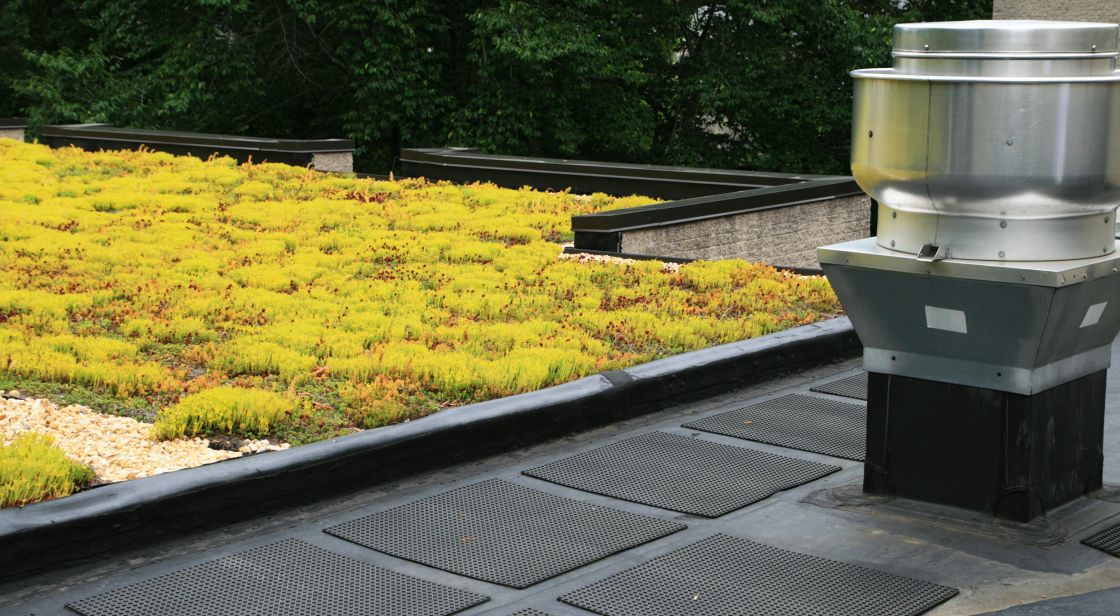After attending the Apr. 17 “Sustainability in Action” conference organized by SCUP Mid-Atlantic, I wanted to share images and concepts of the three presentations of the sustainable practices at three major Virginia schools: Virginia Commonwealth University, University of Richmond, and University of Virginia. Overall they shared the same basic theme. They have all adopted and/or are incorporating sustainable master plans for their campuses. Most are hiring specialists in environmental studies or other associated disciplines to join the university facilities or design departments to study, formulate, and implement a campus wide sustainable plan. Generally the plans included addressing concepts such as administration, curriculum, buildings, energy supply, waste management, transportation, food resources, water use, landscape/native habitat, and financial concerns. Specific committees representing the different concerns then studied and evaluated each of these divisions. These universities are also committed to the Presidential Climate Action Plan as well.
One reason universities are committed to addressing sustainability and environmental concerns is because today’s students require it. They are increasingly considering campus sustainability in their selection of which school to attend. Like the recent upsurge in organic food and recycled or sustainable products, universities are now in the sustainable university craze. This is a great thing. Regardless of the reason, “green” is becoming mainstream on college campuses across the nation. For new construction projects, many universities now require some level of sustainability, such as LEED Certified or higher in the USGBC’s green building rating system.
However, anyone who has endured the ‘certification’ process can attest that without a formal application process to follow, many of the sustainable approaches and opportunities will be lost or forgotten by almost anyone involved. USGBC’s program may not be perfect, and requires project teams to consider and evaluate the approaches for each credit with other credits to understand the synergies involved, but the program does provide a structured system for incorporating and evaluating levels of sustainability. The most vulnerable phases of building where LEED credits are at most risk are value engineering and the construction phase due to lack of oversight, commitment, and contractors who seek to get as much money as they can through change orders or substitution of less quality materials.

